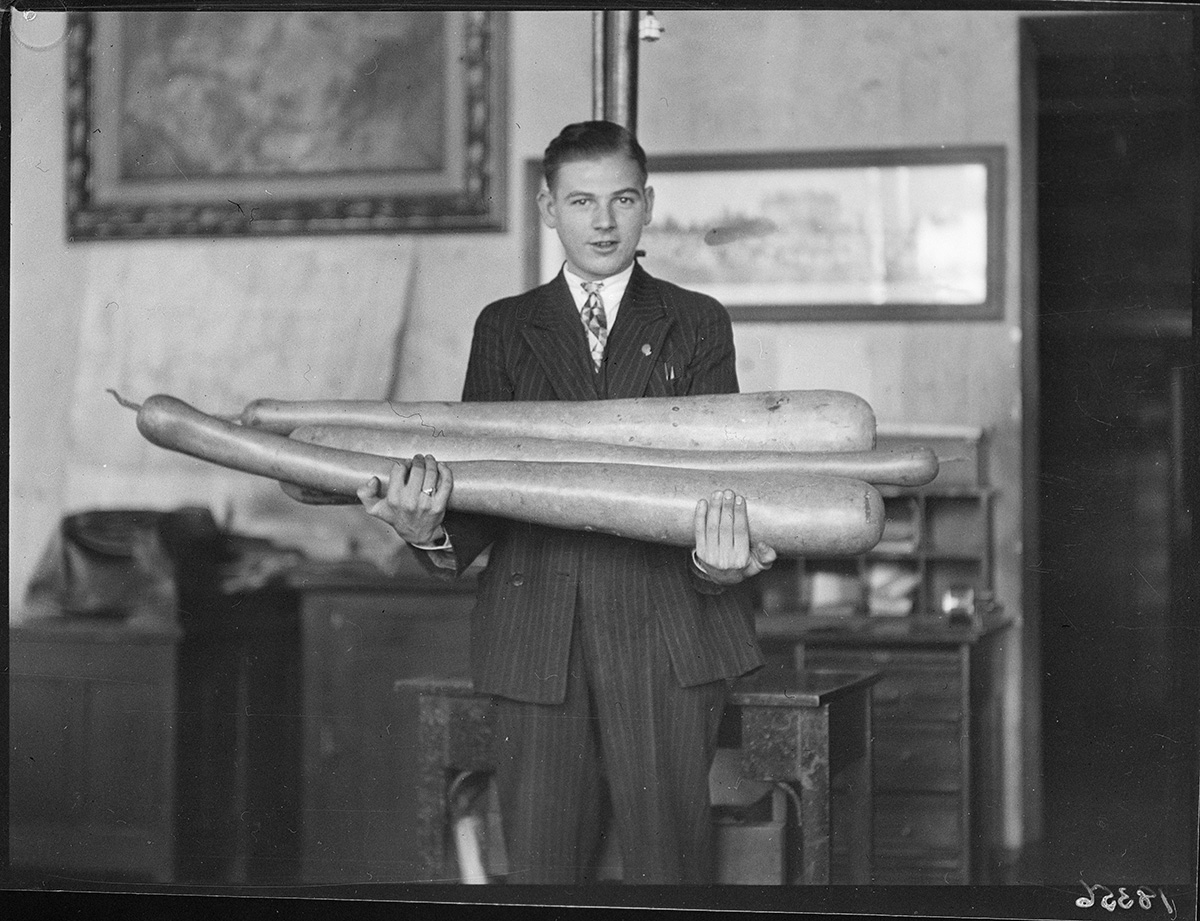
Boy with beans (1929).
A few years ago, I was searching the City of Toronto Archives online database for images of streets in my neighbourhood when a picture caught my eye. It was labelled “close-up of sponge” and was taken in 1927, at 163 St. Helens Avenue, not far from where I live. On Twitter, I jokingly suggested that I take a close-up picture of a sponge outside of my house and give it to the archives as a present-day example, just to keep the record going for future generations. Someone from the archives replied, saying that the sponge photo was taken by John H. Boyd. Boyd began working at the Globe as a freelance photographer in 1921, at the age of twenty-three, and became the newspaper’s first staff photographer a year later, remaining until his retirement, in 1963. He took more than a hundred thousand pictures for the paper and recorded the subject and date of every negative. In the early nineteen-eighties, the Globe and Mail donated his work and logbooks to the City of Toronto Archives. I was told Boyd had taken various anthropomorphic/zoomorphic pictures during his career, including a “man-shaped potato” and a “chicken-shaped peach.” I was delighted to hear this and scoured through the archives’ database to see what else was available. I found everything from a “hand-shaped radish” to a “pipe-shaped turnip.”
Curious why the Globe had published these pictures, I started looking through the paper’s digitized archive. I entered keywords like “freak potato”—I’d noticed the city archives had photographs of various “freak” vegetables in its database—and discovered that many were part of a Queer Products Competition run by the newspaper for three consecutive years, from 1927 through 1929.
As far back as December, 1924, a short but popular column eventually known as the Southeast Corner began appearing on the bottom right of the Globe’s front page. Readers wrote in to the column with interesting anecdotes and sometimes included a photograph. Other times, a staff writer would summarize a finding from a reader’s submission, perhaps about a bird or a vegetable. There was an account of a clock that ran backward and a story of a three-year-old who could identify the make of a car based on a portion of a photograph. There were reports of hens that turned on electric lights, extraordinarily large owls, goldfish seven and eight inches long, very tall geraniums, and forty-seven-year-old canned strawberries. A century ago, this type of charming, colloquial agricultural news was not as out of place on page one as it might be today. As Mr. Herb Bergey wrote, in 1925: “Our whole family enjoys the Southeast Corner paragraphs very much. It adds such a human touch to your esteemed daily.”
Predating the Queer Products Competition, in 1925, was the Tall Corn Competition, also reported in the Southeast Corner. People wrote in from various Ontario townships about the monstrosities they’d grown. One early submission had no accompanying photo but carried the headline: “stands upon his horse’s back and cannot reach top of corn.” Corn submissions were eleven feet, nine inches and taller. The reeve (essentially a mayor) of the township where a corn submission was grown would measure and certify the height of a stalk. The winning entries, announced in October of that year, tied for first place, coming in at a height of sixteen feet, four inches. Both winners received a year’s subscription to the Globe.
Through the Southeast Corner, there were also less-official competitions, with readers writing in to boast about their crops and challenging others to beat them. This included two hills each yielding seventy-seven potatoes, an apple weighing eighteen and a half ounces and measuring fifteen inches in circumference, and a dahlia more than ninety-four inches high that was quickly bested by another of a hundred and one inches. Gordon H. Nichol, from Picton, reported nettles grown to nine feet, two inches, and a reader from Beamsville, offered a basket of peaches to anyone who could plant a larger sunflower than his own.
The Queer Products Competition was first announced on October 29, 1927. The Southeast Corner provided details of each item submitted, often accompanied by an image of the “queer product” in question. The paper offered readers some words of warning: “Size will not necessarily be a deciding factor in placing the awards” and “nature-faking” was strictly forbidden. Occasionally, a photo submission from a reader appeared, but for the most part, people mailed their entries to the Globe and John Boyd photographed whatever freak specimen arrived.
There were three categories in the Queer Products Competition: garden or field (potatoes, roots, grain, and garden vegetables), orchard, and dairy (including the poultry house). Aside from eggs that may have broken in the mail and fruit or vegetables that had perished, entries were displayed in Toronto in a special booth at the Royal Winter Fair each November for the three years the contest was held. The Globe’s agricultural editor judged the competition, and the winner of each category received a one-year subscription to the paper.
One entry was a carrot sixteen and a half inches long and fourteen and a half inches in circumference. It was accompanied by the text: “From an acre of land he raised 980 bushels of these carrots, or enough to keep Methuselah in side dishes for 235,201 days, or a trifle over 644 years.” Among other entries were a potato shaped like a duck, an apple shaped like a tomato, a cabbage weighing thirty pounds, two carrots twisted together, an alfalfa root five feet, two inches long, various peculiar eggs, and a carrot shaped like an octopus and another like a corkscrew or twisted doughnut. There was a single piece of Timothy hay measuring sixty and a half inches long, a stone resembling a skull, a forty-nine-inch parsnip, and a carrot resembling a football player with “shoulder pads, helmet, and a football under the right arm.” The photograph labelled “man-shaped potato” in the archives database was referred to as a “teddy bear” potato from the farm of James and John White, of Orrville.
In the competition’s first year, there were fifty entries from across the province. The winners were a double apple that grew from a single stem, a tomahawk over two hundred years old with a mangel beet growing through it, and two eggs joined together with just one yolk. The 1928 winners were a double pumpkin, limbs of two different species of tree grafted naturally in an odd pattern, and a double feather. For the competition’s final year, the winners were three Guinea beans, each weighing over thirteen pounds; a limb of a tree that resembled a horse’s foot; and an “‘Upright Hen’—a 5-months Buff Orpington bird that stands and walks like a penguin,” which a reader shipped to the paper by express mail.
“All exhibits were meritorious, and it would have been a great satisfaction to any exhibitor to have seen the throngs continually inspecting the unique collection, and heard the enthusiastic expressions regarding each,” the paper reported about the 1929 display—an exhibit Globe readers grew to love.
The Queer Products Competition didn’t resurface in 1930, though that didn’t stop readers from continuing to send in stories and photos of curious fruits and vegetables. The Southeast Corner itself fizzled out by 1931. A poem submitted by a reader appeared on page four of that year’s March 12th edition of the Globe, titled, “The Missing Corner.” Its verse asked where the “Southeast Corner man” had gone. No response was given.
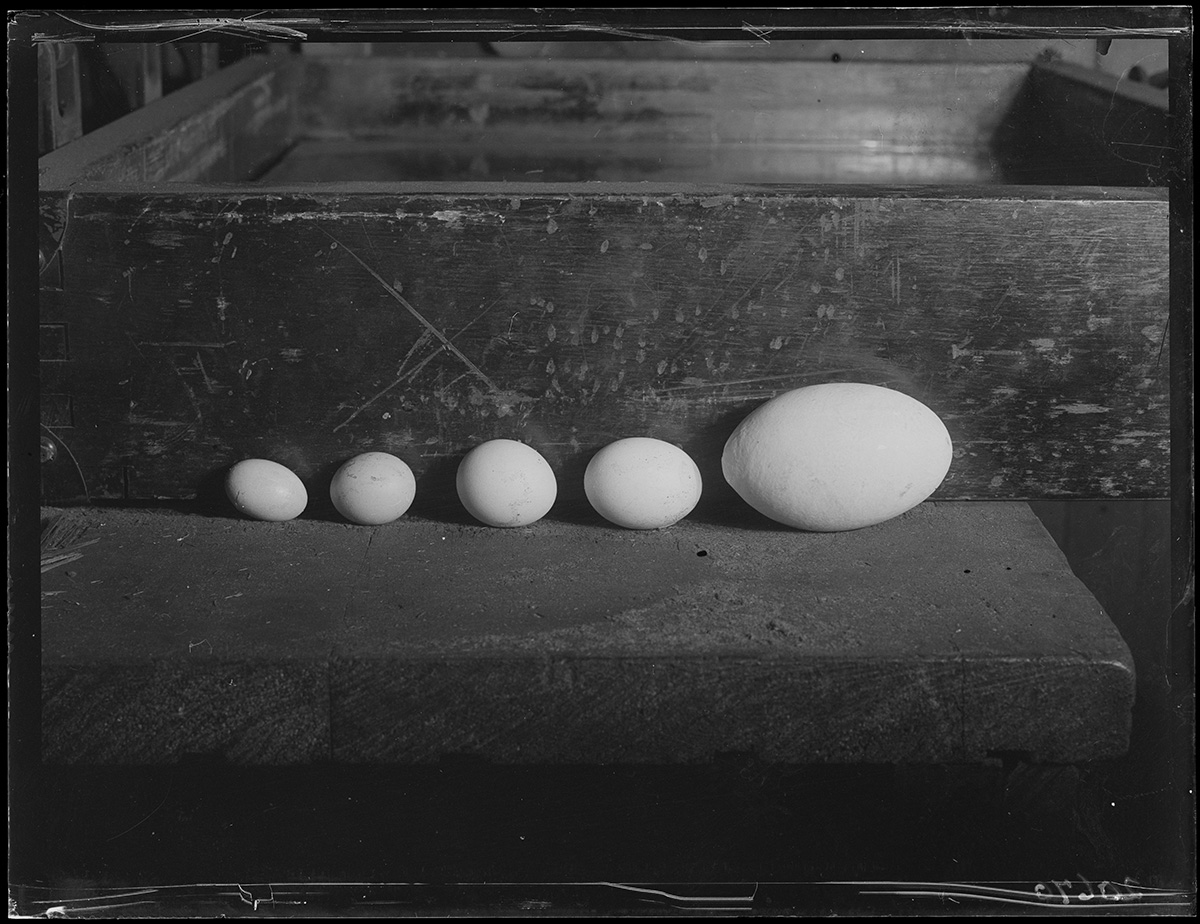
5 eggs (1930).
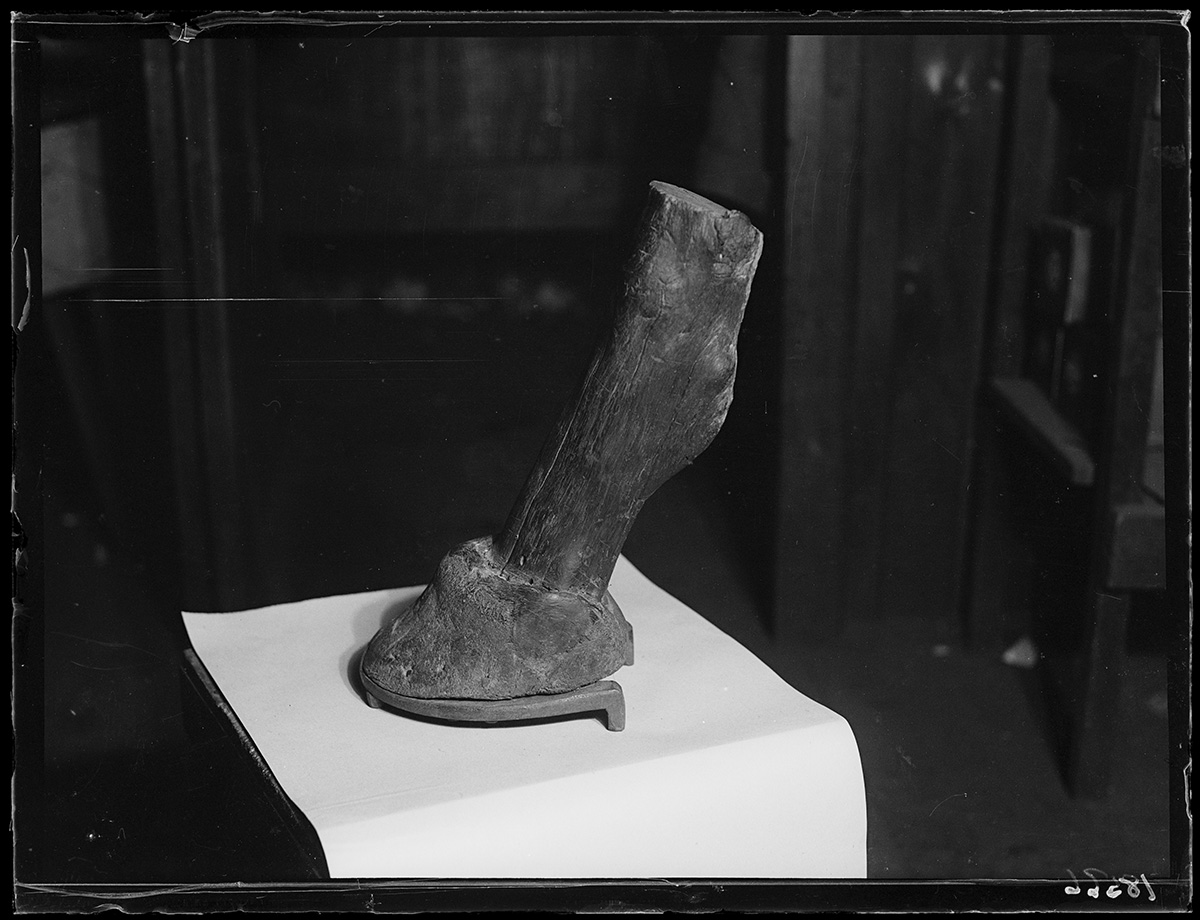
Horse’s hoof (in actuality, a piece of wood) (1929).
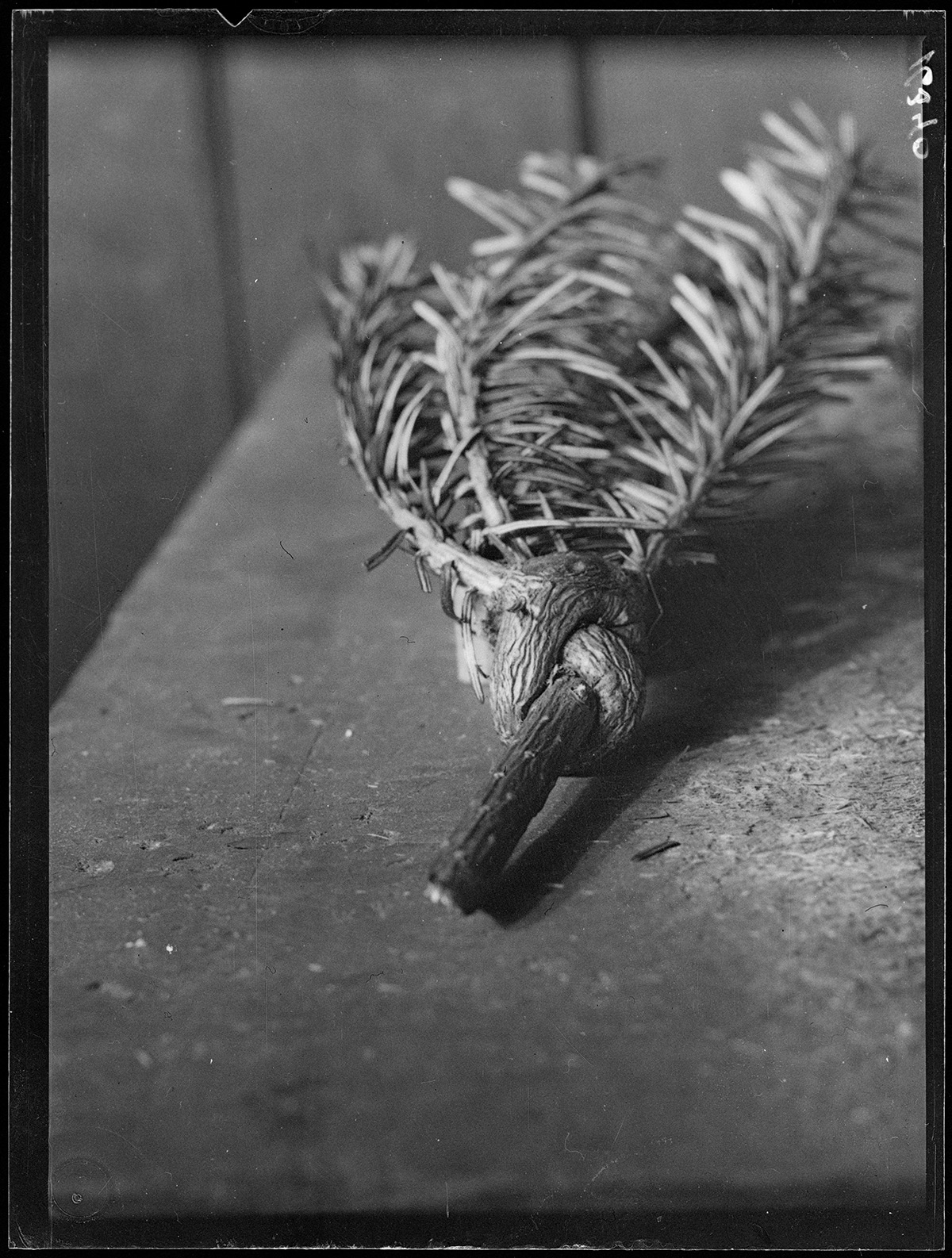
Pine twig knotted (1929).
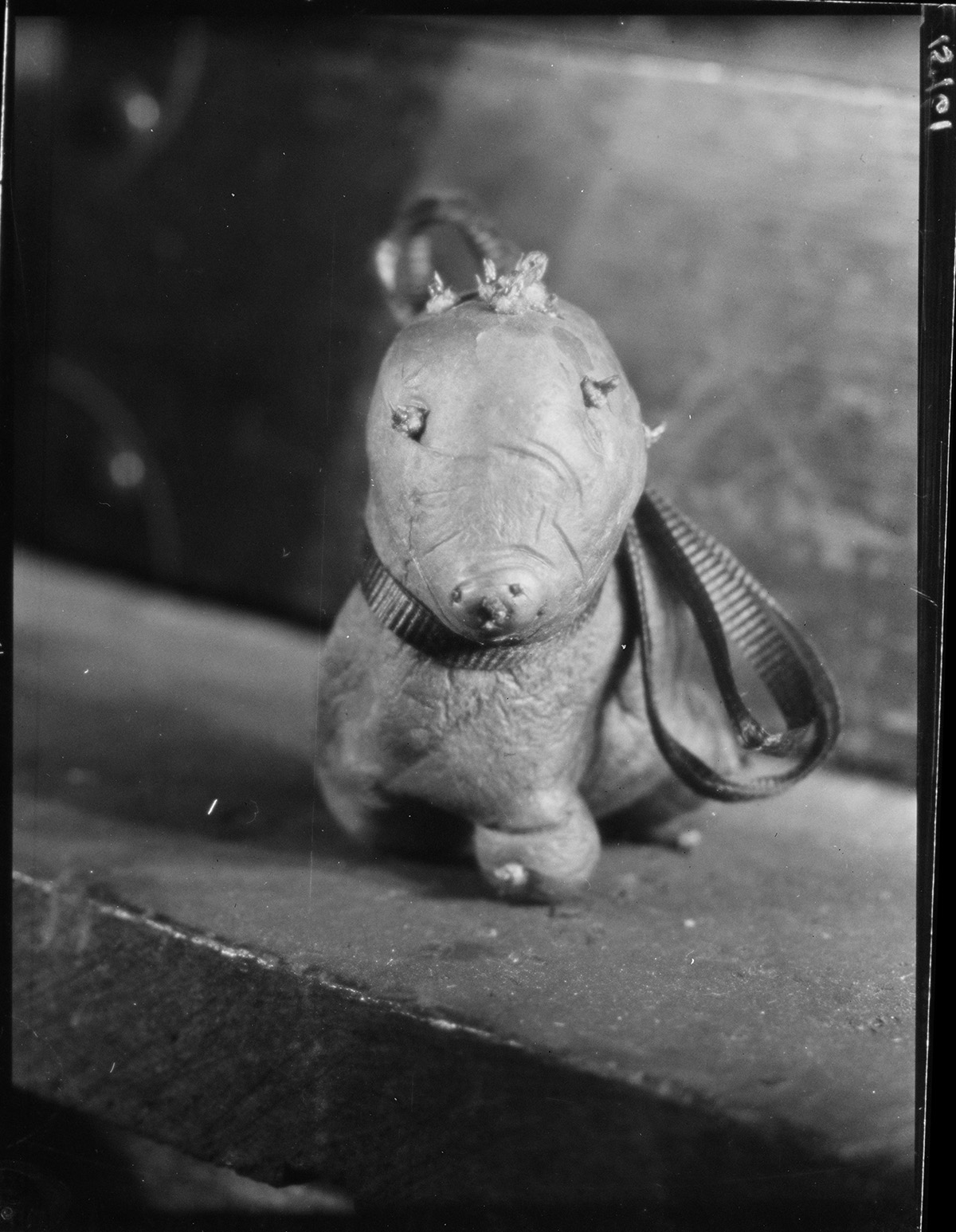
Dog-shaped potato (1929).
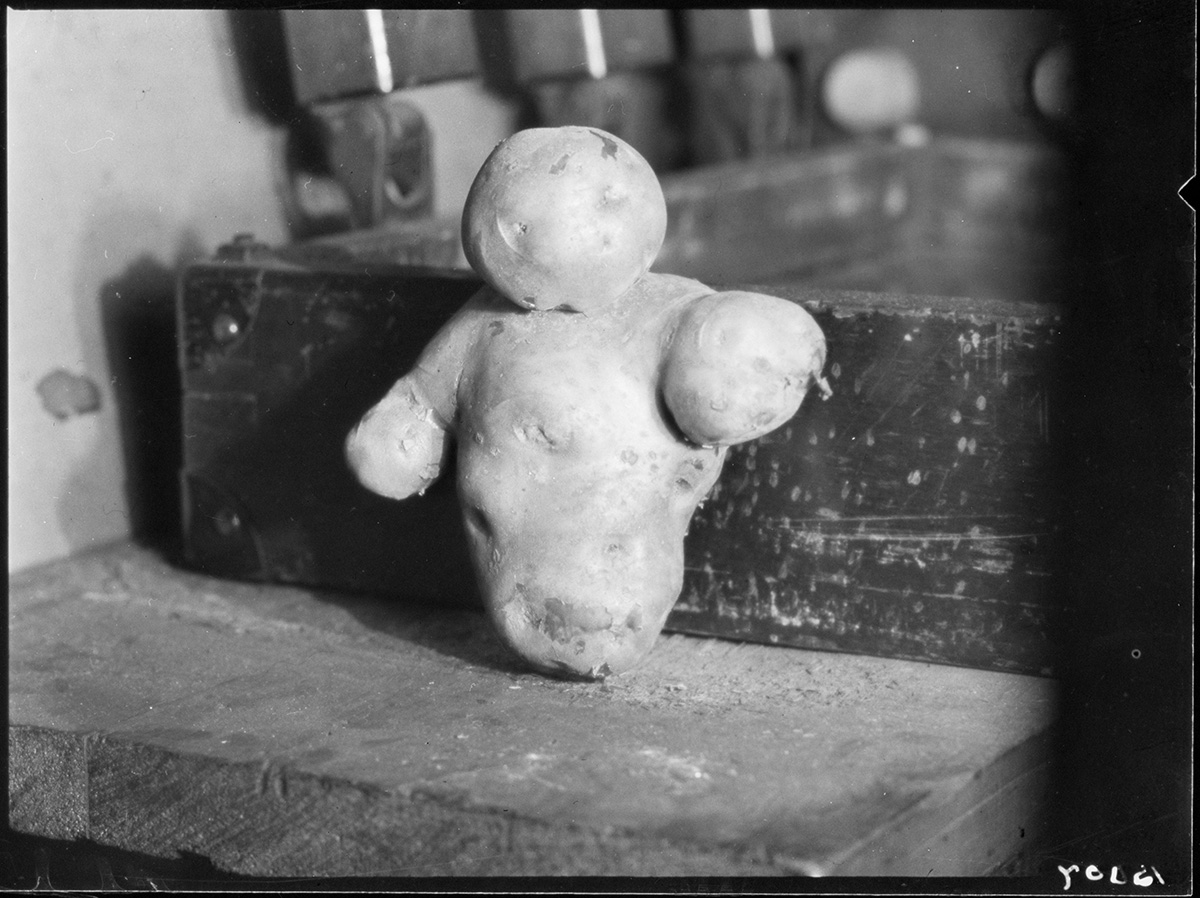
Man-shaped potato (1928).